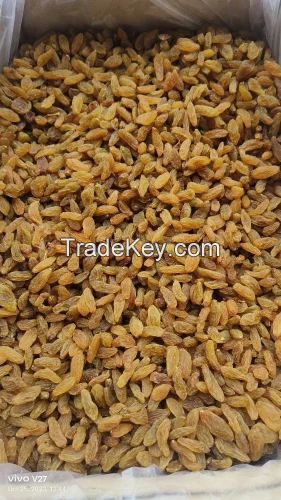Product Description
Step 1: Harvesting Grapes
Raisins are typically made from white grape varieties, such as
Thompson Seedless, Muscat, and Sultana.Grapes are harvested when
they're ripe and sweet, usually in late summer or early fall.
Step 2: Pre-Cleaning
Harvested grapes are cleaned to remove any leaves, stems, or
debris. This helps prevent contamination and ensures even drying.
Step 3: Drying
Grapes are dried using one of three methods:
- *Sun Drying*: Grapes are laid out in the sun, either on paper
trays or concrete patios, to dry naturally. This method can take
**4 weeks, depending on the weather.
- *Mechanical Drying*: Grapes are dried using machines that
circulate hot air, reducing the drying time to ****8 hours.
- *Dehydrator Drying*: Grapes are dried using dehydrators, which
control temperature and humidity levels, taking around ***2
hours.
Step 4: Monitoring Moisture
During the drying process, grapes are regularly monitored for
moisture levels. The ideal moisture level for raisins is between
*5% and *8%.
Step 5: Sorting and Grading
Once dried, raisins are sorted and graded according to size,
color, and quality. This ensures that only the best raisins are
packaged and sold.
Step 6: Packaging
Raisins are packaged in airtight containers or bags to preserve
freshness and prevent moisture absorption.
Step 7: Quality Control
Finally, raisins undergo quality control checks to ensure they
meet industry standards. This includes testing for moisture
levels, flavor, and texture.
The entire raisin-making process, from harvesting to packaging,
can take anywhere from a few weeks to several months. The end
result is a delicious, nutritious, and versatile dried fruit
that's enjoyed worldwide.
| Country: |
India |
| Model No: |
-
|
| FOB Price: |
(Negotiable)
Get Latest Price
|
| Place of Origin: |
- |
| Price for Minimum Order: |
- |
| Minimum Order Quantity: |
- |
| Packaging Detail: |
- |
| Delivery Time: |
- |
| Supplying Ability: |
- |
| Payment Type: |
- |
| Product Group : |
- |

